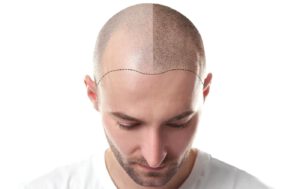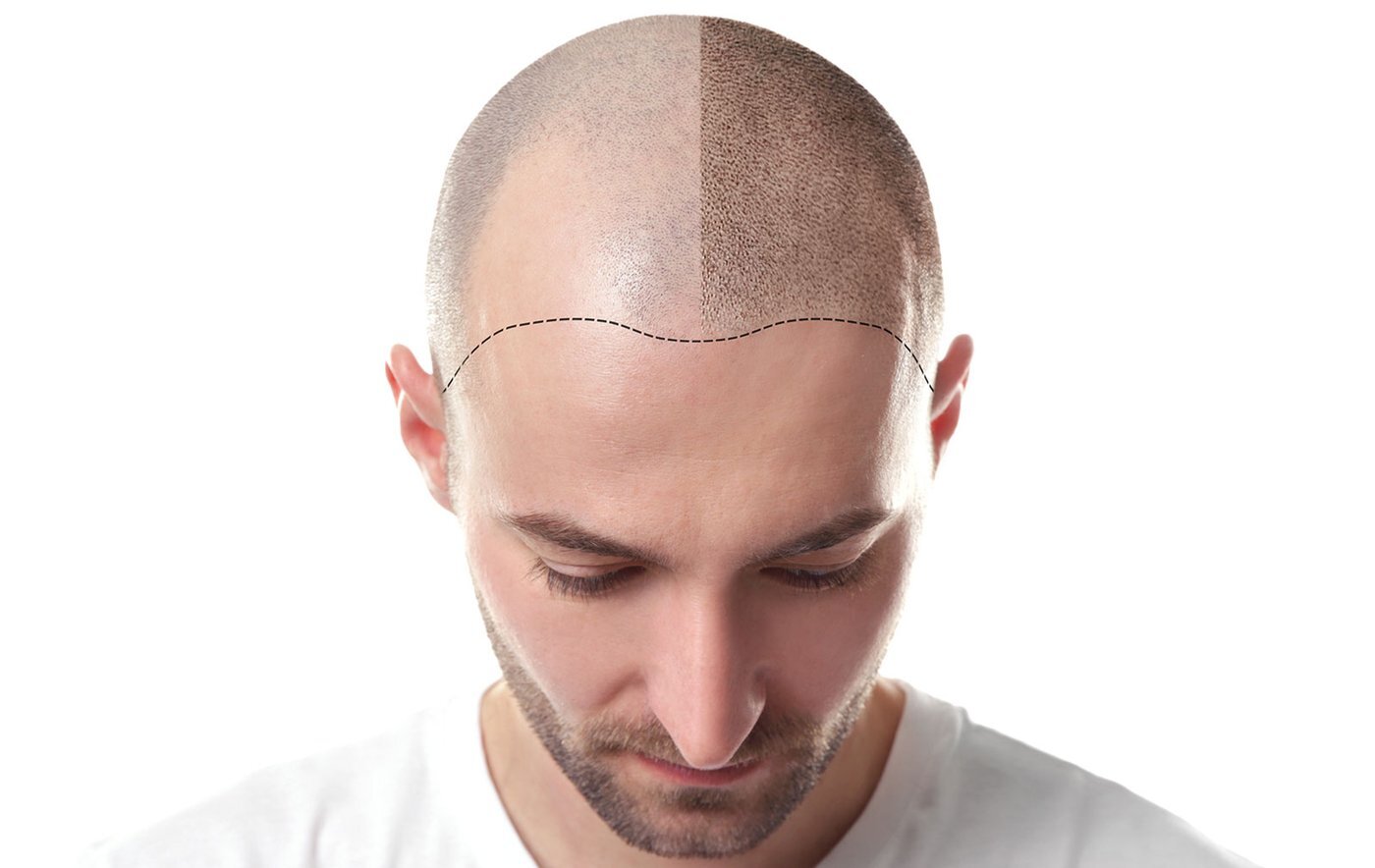The process of Scalp Micropigmentation is performed on the scalp by injecting pigment between existing hair follicles. This procedure is most effective on dark brown or blonde hair. The process is usually done in a few sessions instead of several, and you can also opt for a patch test if you’re unsure about the procedure. The process also improves the density of the hair and will not leave a shaved look after the treatment.

If you are balding, scalp micropigmentation will help cover the thinning areas, such as the hairline, and provide the appearance of a full head of hair. The procedure helps to mask thinning patches on the scalp that make the person look older. The procedure also gives the impression of thick hair, leaving the person looking and feeling younger than their actual age. The procedure eliminates the need for costly hair products and extra styling time, since you’ll only need to wash the pigmented area and apply hair wax to it, and your bald spots will be concealed.
After the procedure, the treated area will scab and heal for a few days. The skin will be slightly red for 24 to 48 hours, but it will fully recover after that. You should also avoid prolonged exposure to sunlight for at least six weeks. After undergoing scalp micropigmentation, you should avoid prolonged exposure to the sun for the same reason as with any other cosmetic procedure. For the best results, it is recommended that you schedule a touch-up procedure between two and four years after the initial treatment.
Professional standards for SMP procedures vary from country to country. Once completed, Scalp Micropigmentation can last up to five years, though the effects are permanent. If you experience continued hair loss, you may need touch-ups every three to five years. A single session costs between $250 and $500, depending on the area treated. Depending on the treatment and location, it can cost anywhere from $750 to $2000. A quote is provided at your consultation. The cost of a top-up session may be as high as $5000.
The procedure itself is simple. It uses standard tattooing instruments, including a few microneedles. To perform the procedure safely requires a qualified tattoo artist with specialized knowledge of scalp skin. The scalp skin is not the same for everyone, so you’ll want to select someone with the experience to match your expectations. A skilled artist will be able to make any necessary technical changes to ensure that your outcome is beautiful.
Most hair transplant treatments don’t work as well as Scalp Micropigmentation. There is a limited donor of hair and a large number of patients don’t qualify for it. Scarring and plug holes from FUE and strip surgery can cause a lot of insecurity. The results of Scalp Micropigmentation can minimize the number of hair transplant surgeries needed and cover the scars. This procedure is also an excellent choice for men and women who have lost a significant amount of hair.
While hair tattooing has become a popular aesthetic treatment for baldness and thinning hair, scalp micropigmentation is an effective alternative for men suffering from a receding hairline or other signs of thinning hair. The procedure can cover scarring and autoimmune conditions, and can even be used to enhance the shape of the lips and eyebrows. Ultimately, scalp micropigmentation is the perfect solution for hair loss and thinning hair. It also provides years of confidence, as the effects of scalp micropigmentation are permanent.
The recovery process for scalp micropigmentation can vary from patient to patient. However, the overall procedure typically requires two to four sessions to achieve the desired effect. As the pigments begin to integrate into the skin, the appearance of the treatment will be similar to what it was like a month after implementation. Keeping in mind the risks of scalp micropigmentation, it’s always better to choose a professional if you’re considering this cosmetic option.
Skin chemistry plays an important role in the results of scalp micropigmentation. Skin cells called keratinocytes secrete pigments that are placed into the cytoplasm of phagocytic cells such as macrophages and mast cells. As these cells migrate upward, they will be pushed into the stratum corneum and migrated to the surface of the scalp. When this happens, the pigment particles will diffuse into the skin, leaving a visible amalgam.

